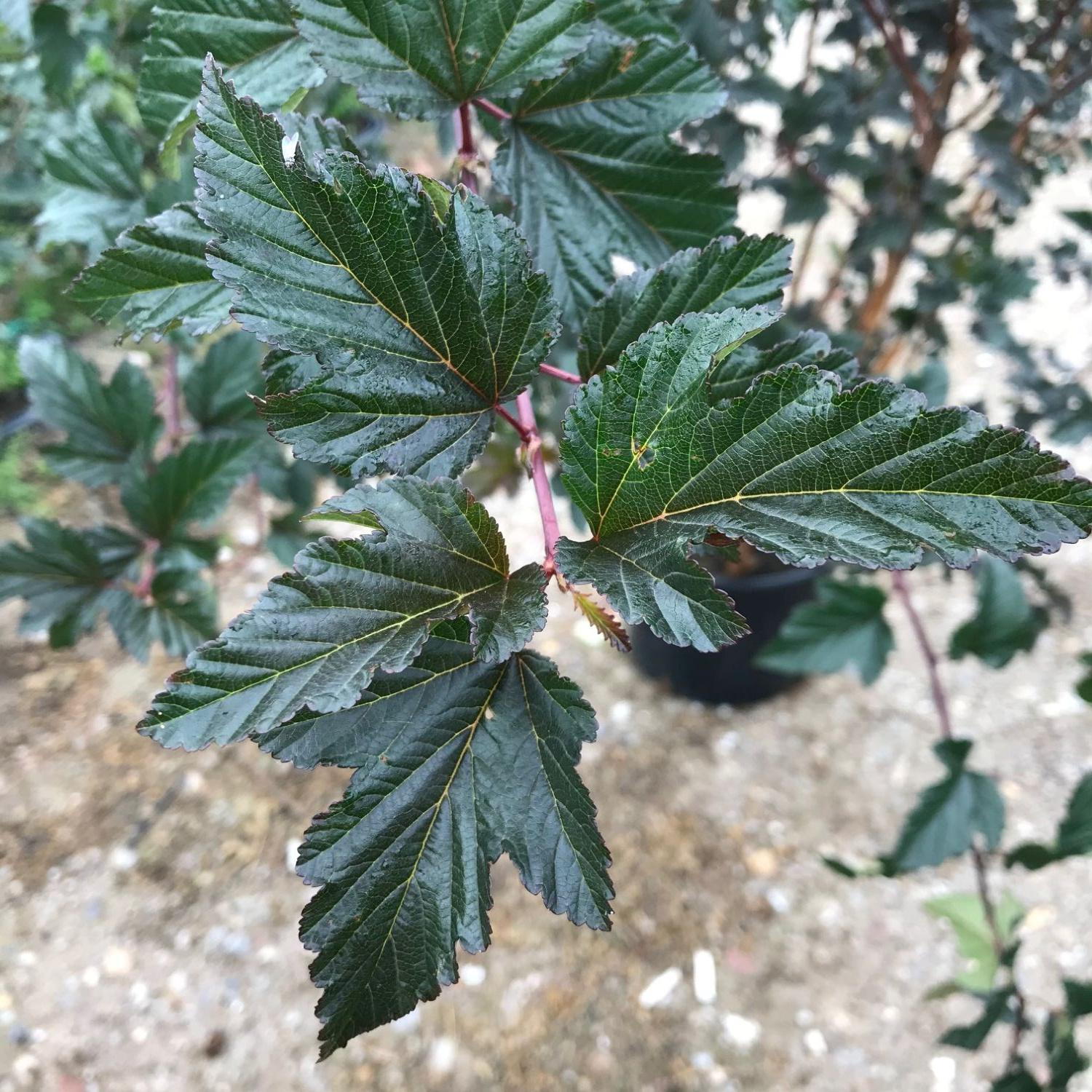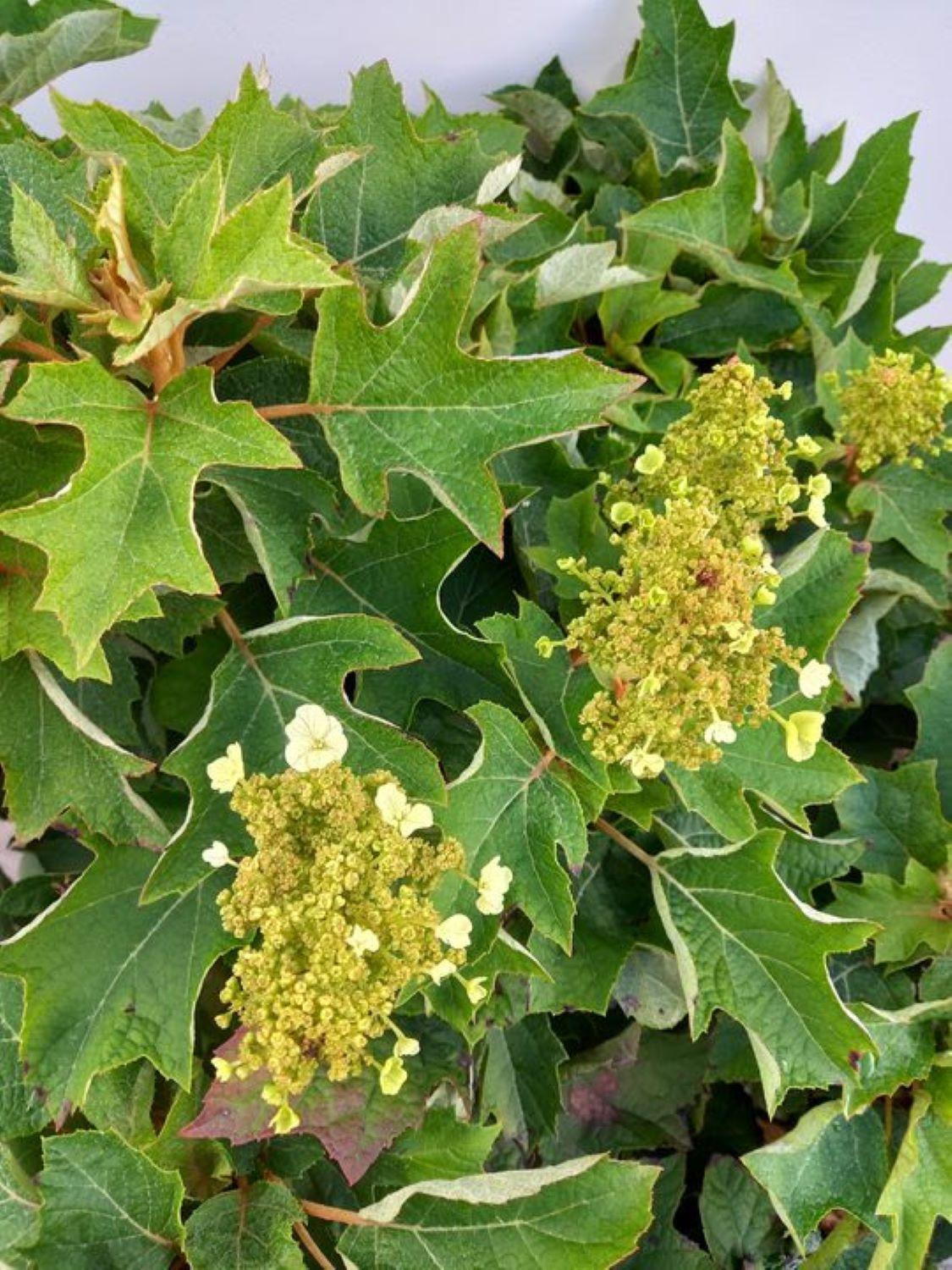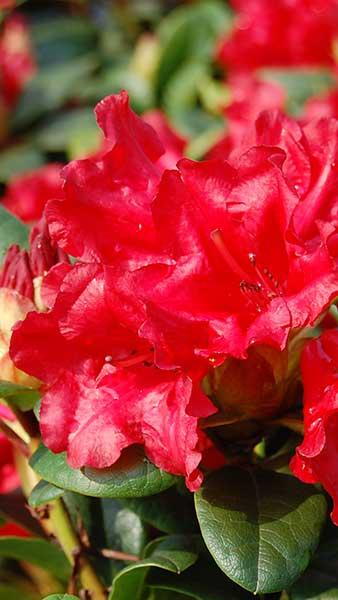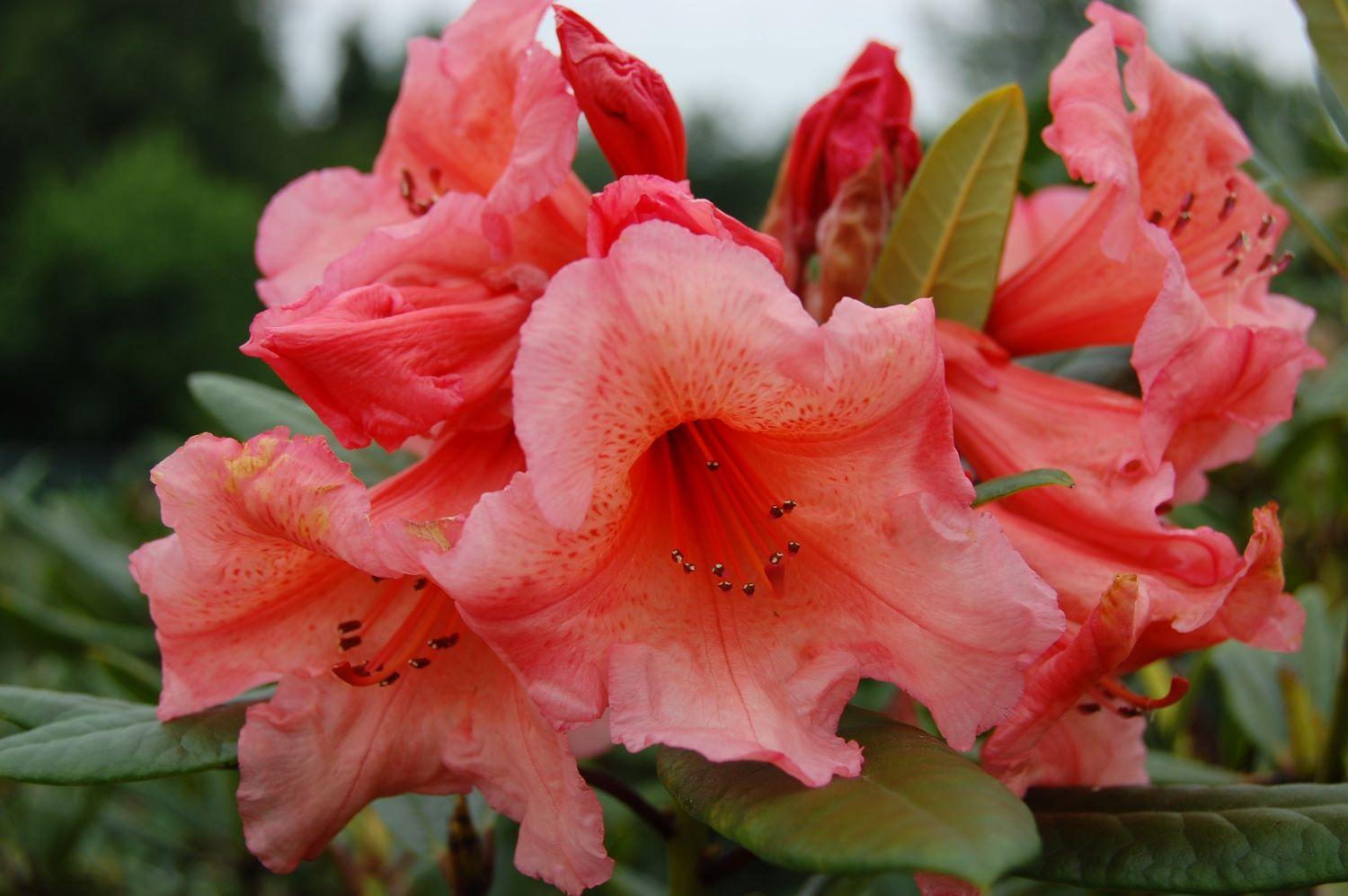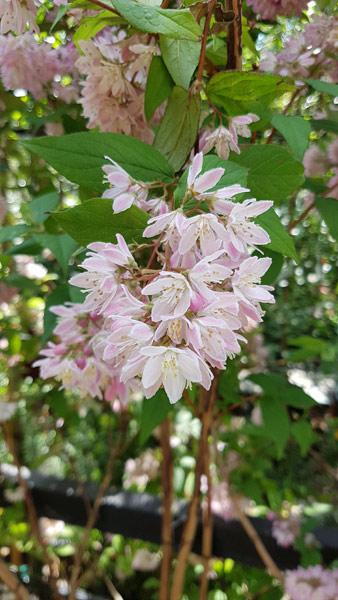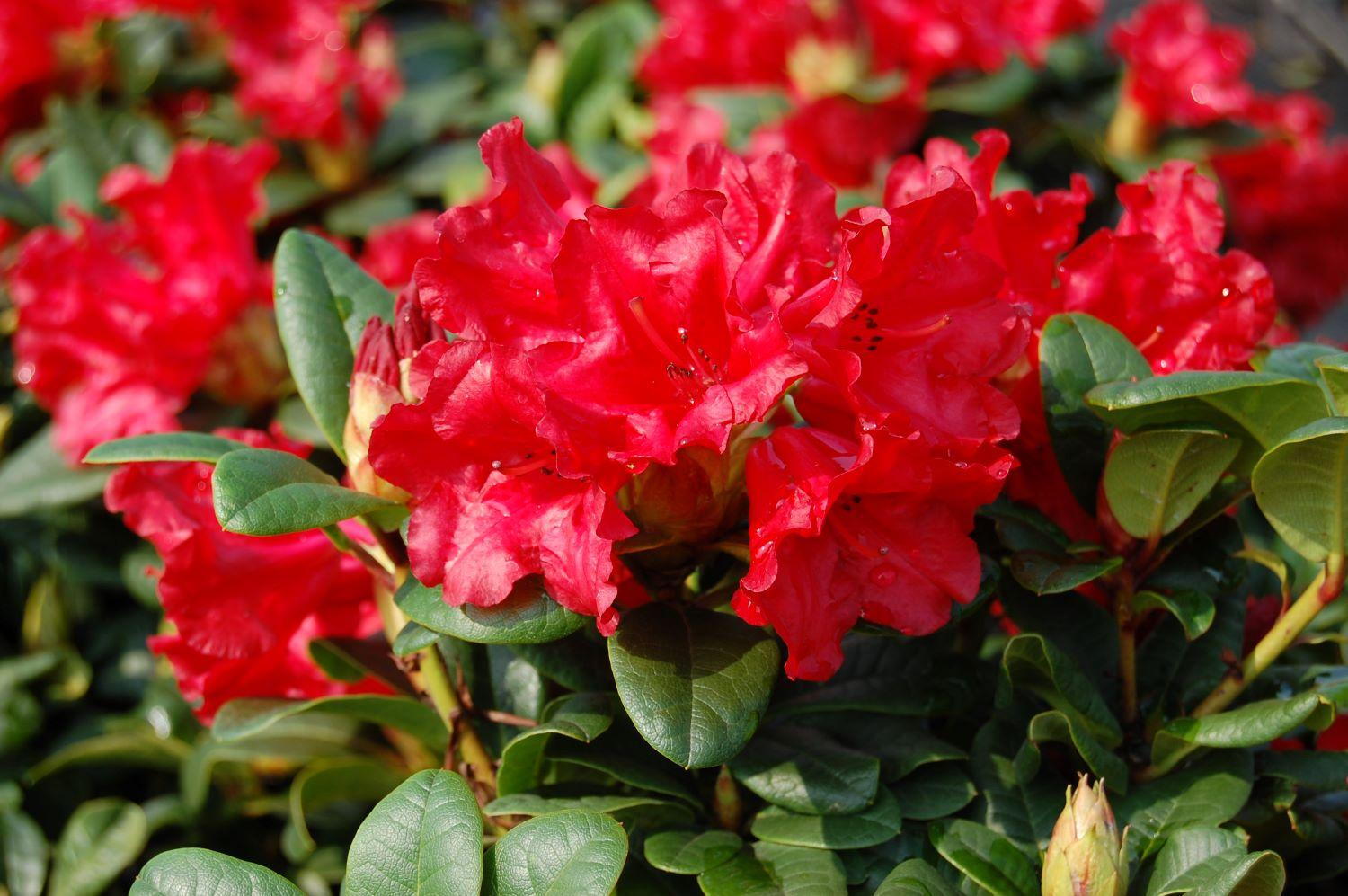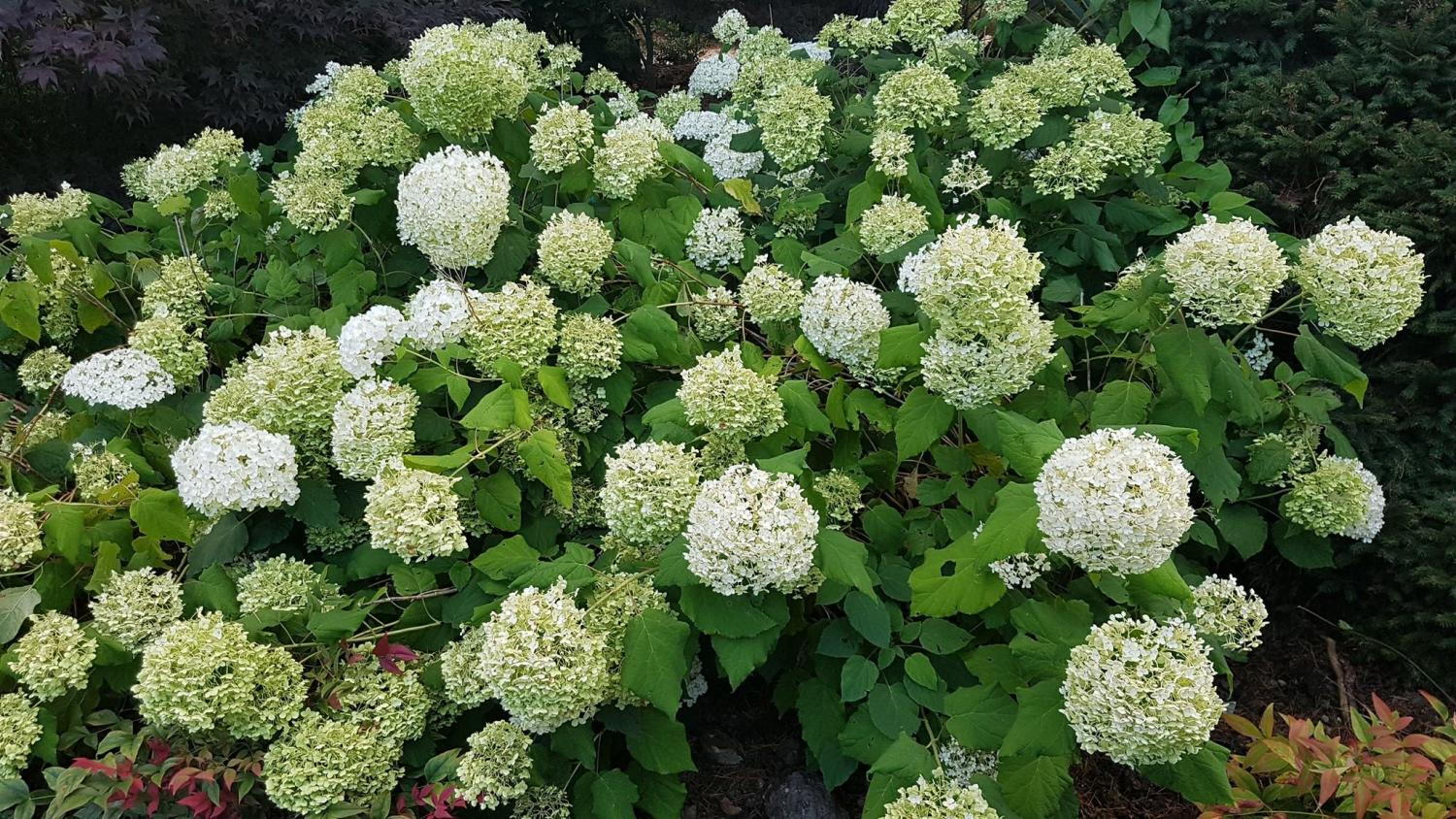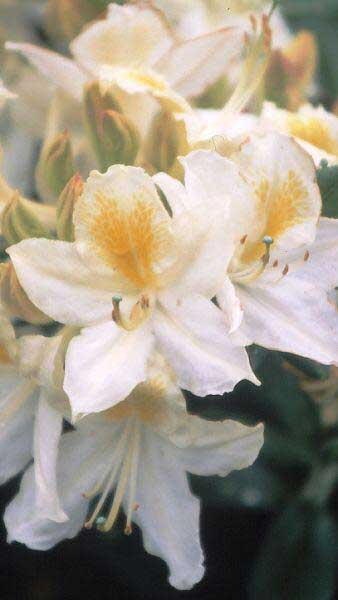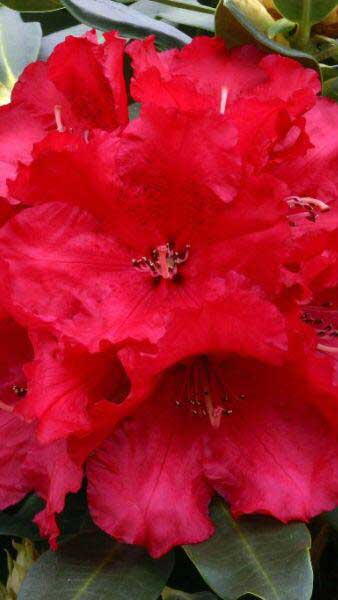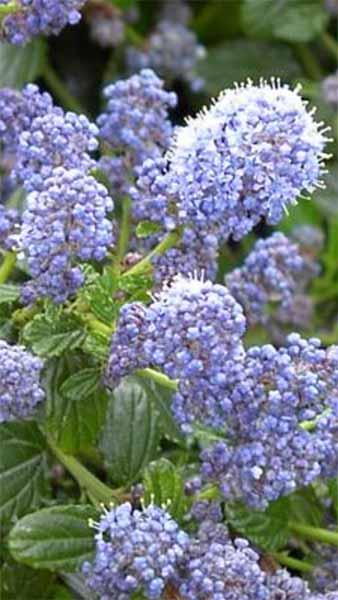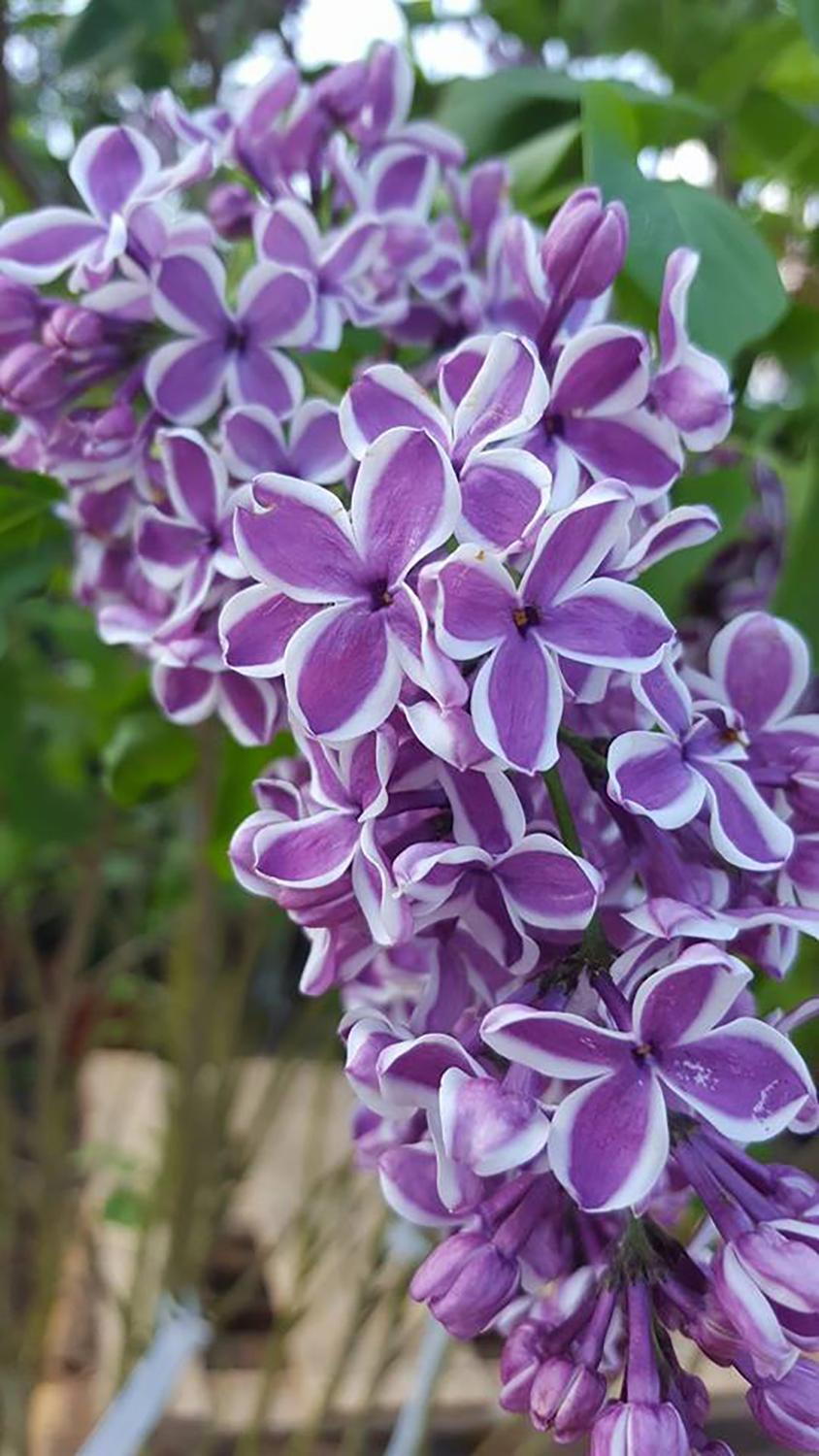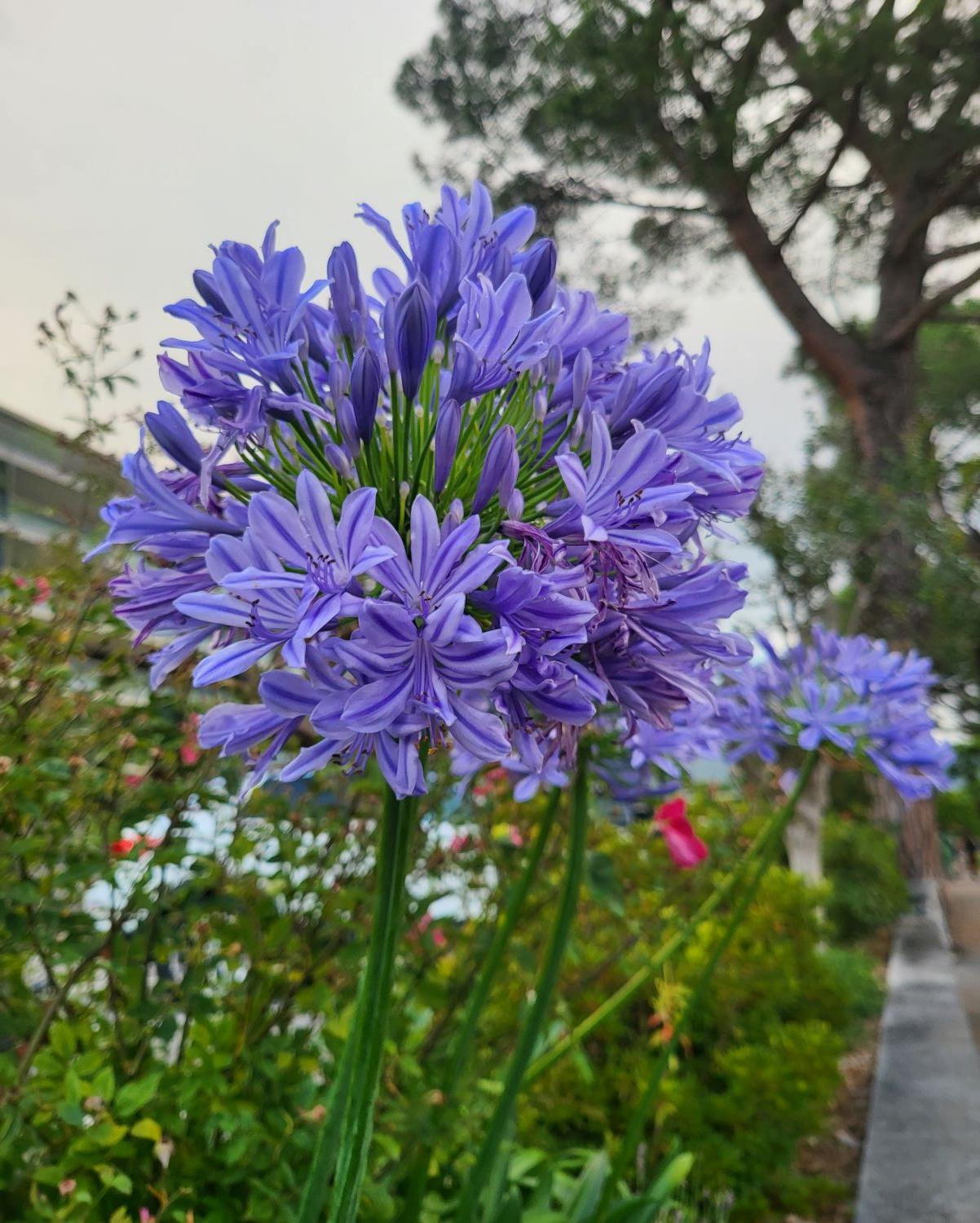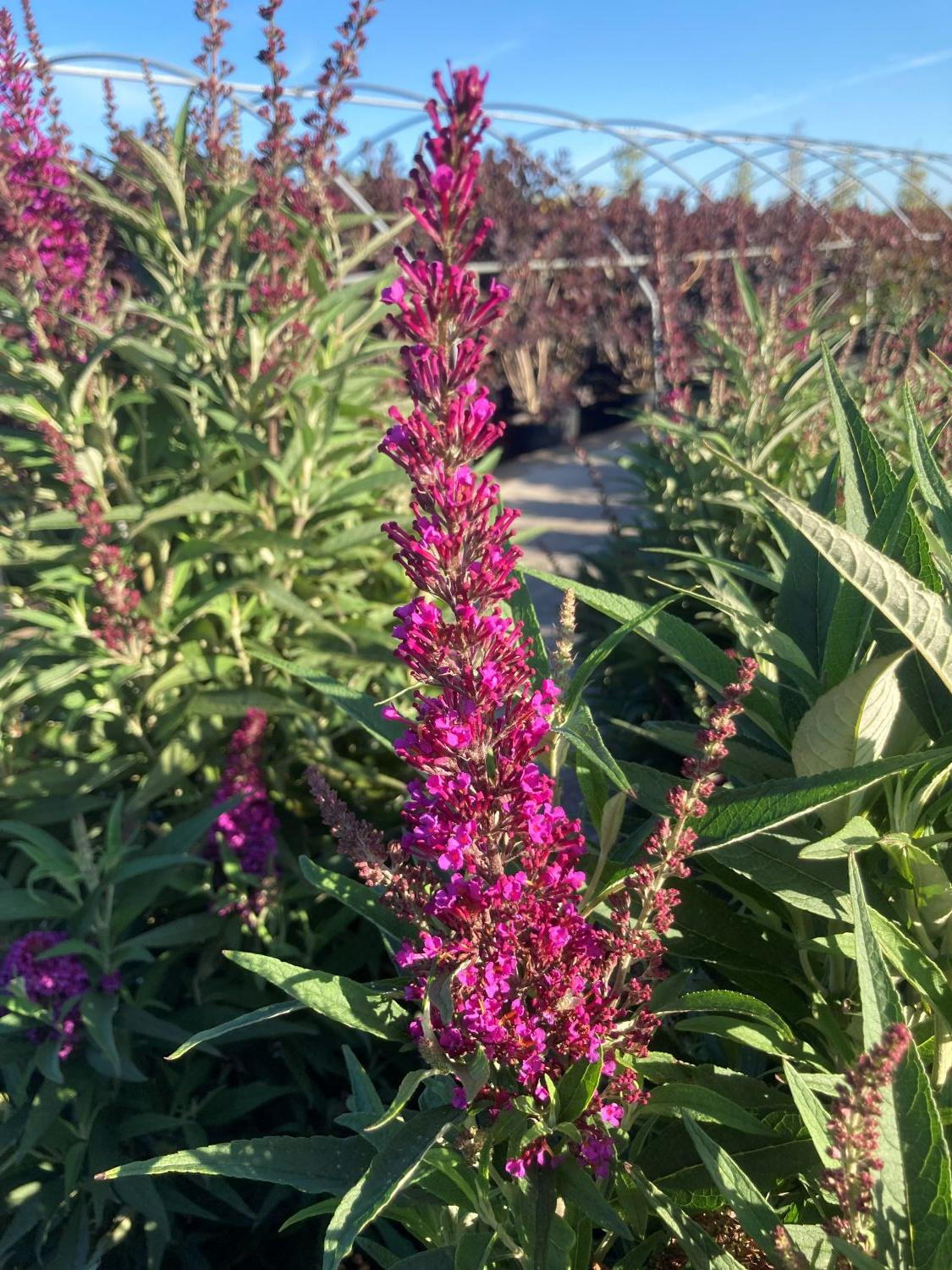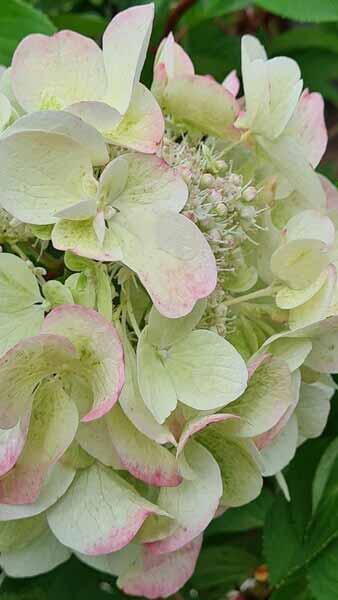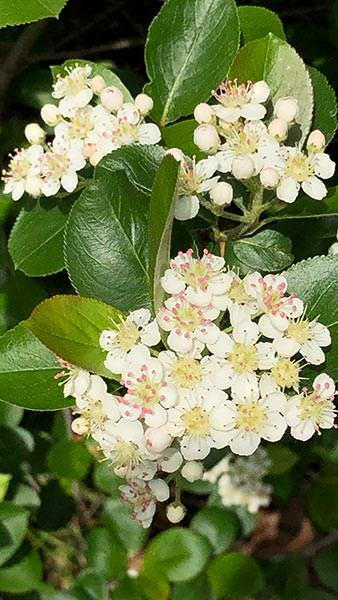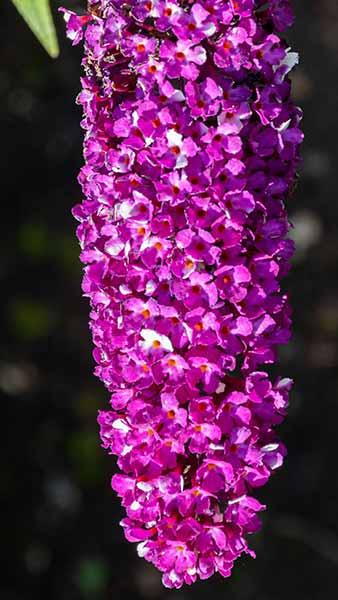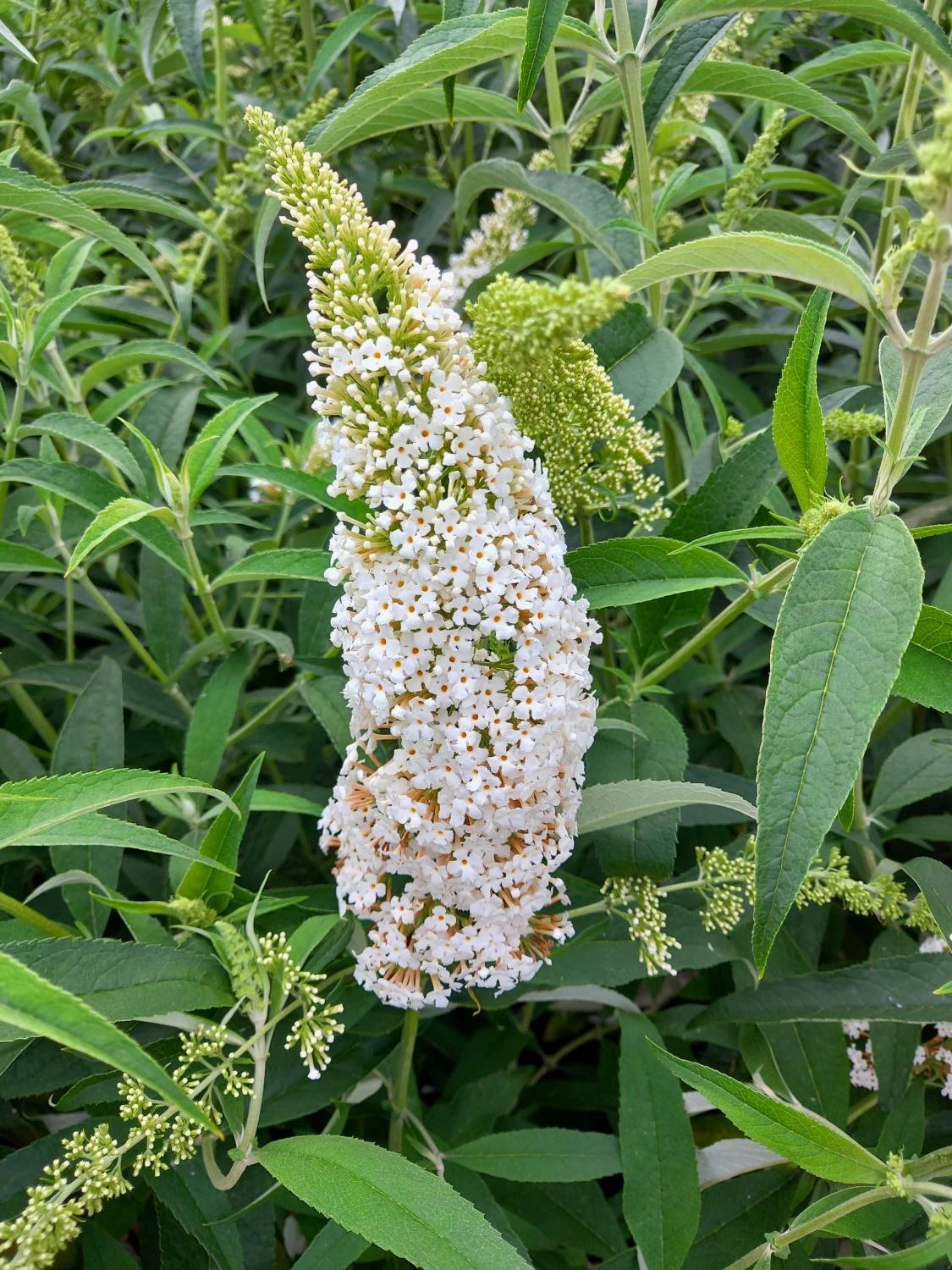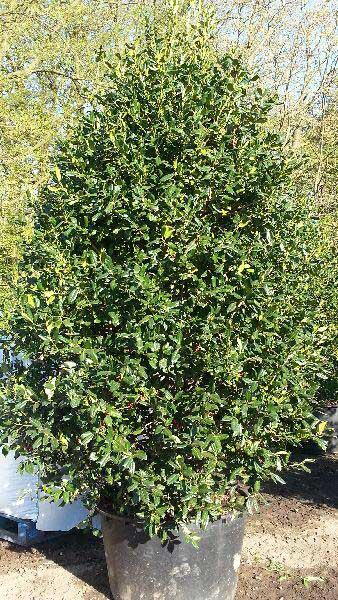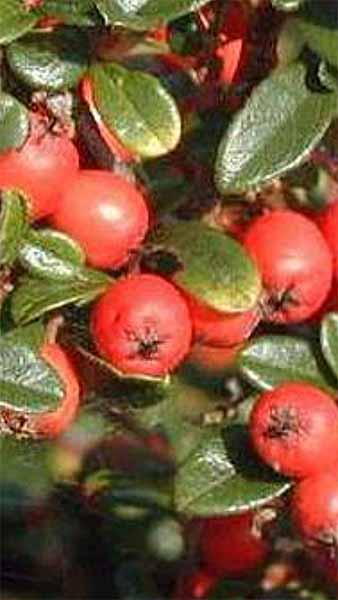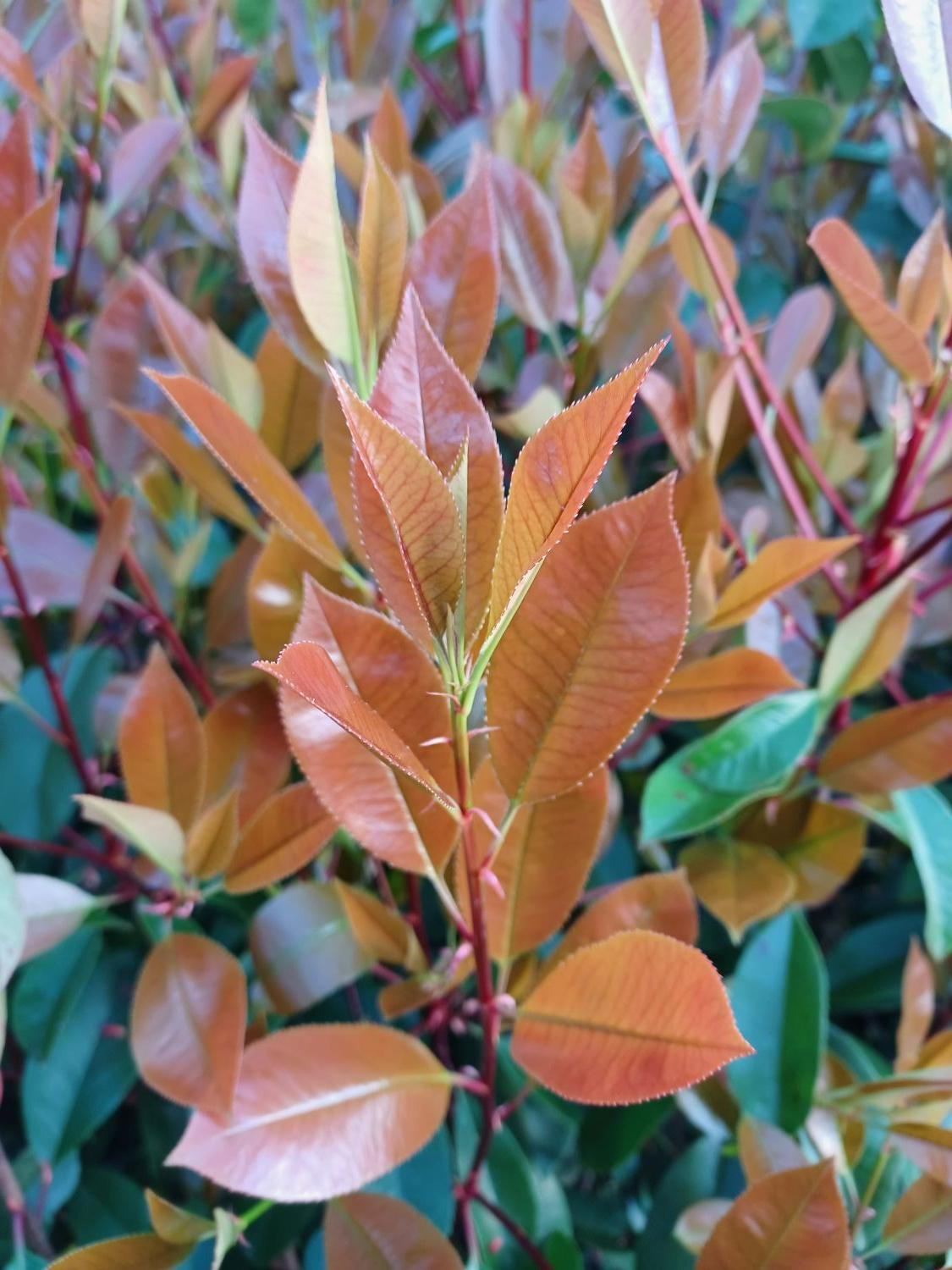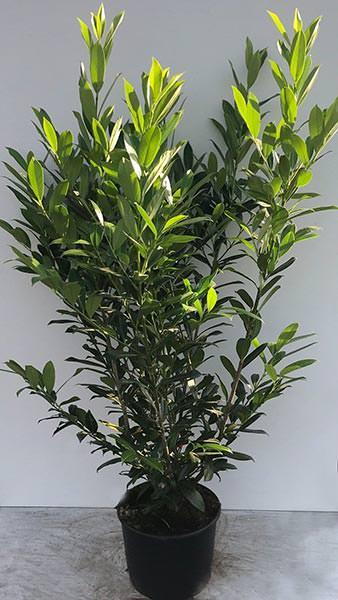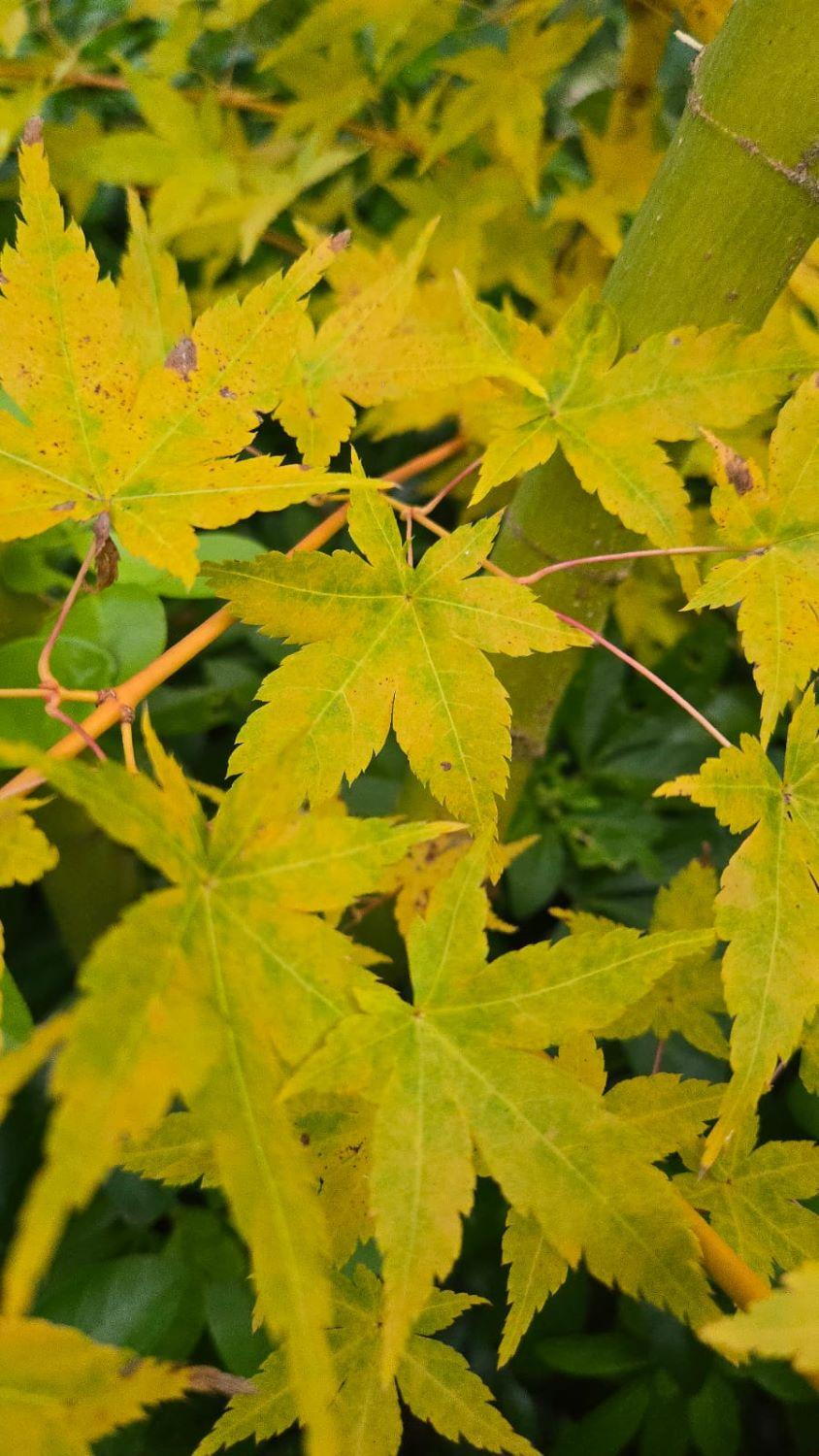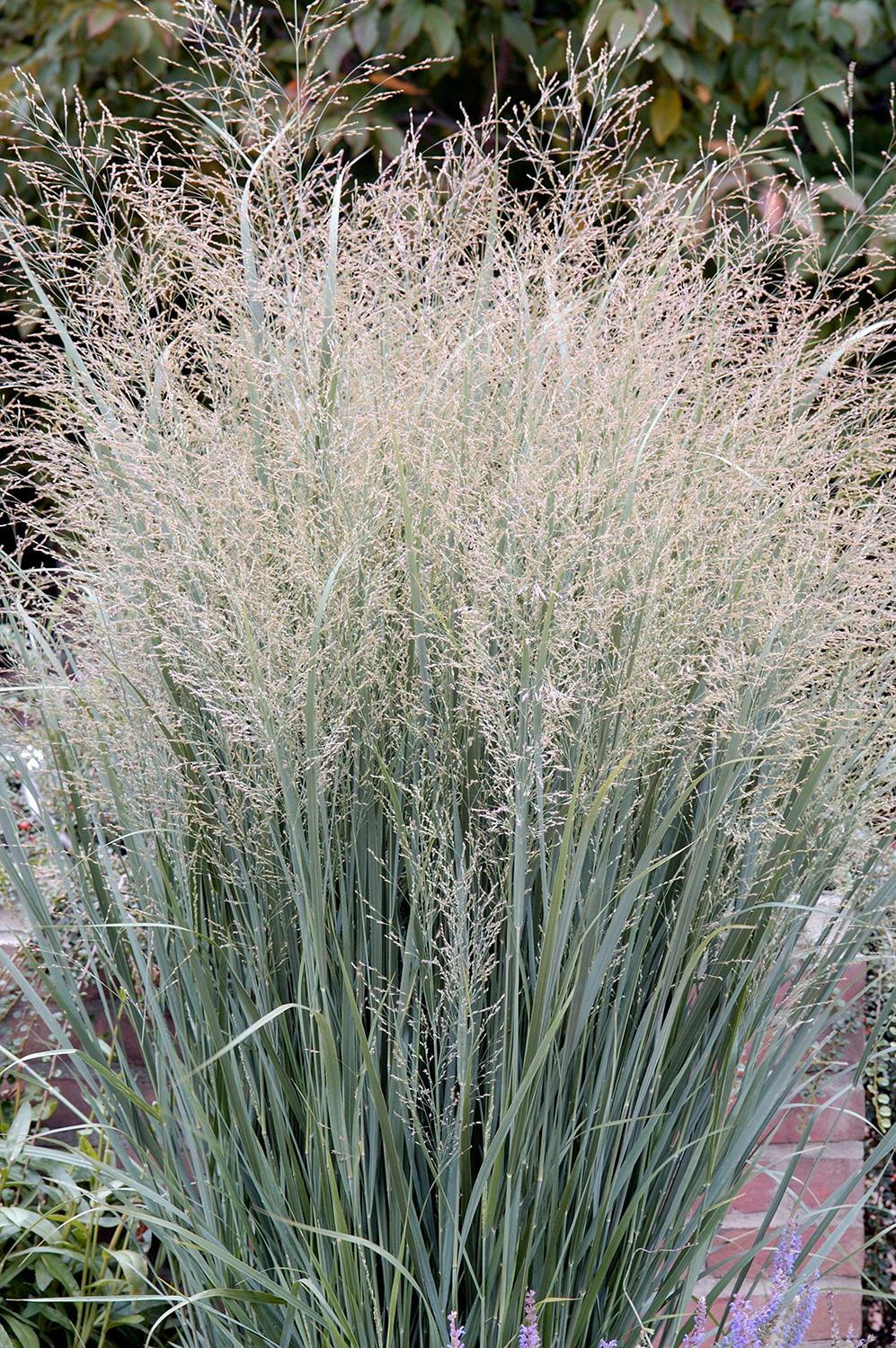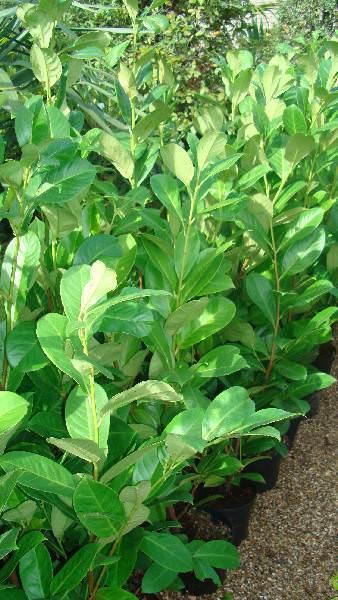Deutzia Mont Rose. Pink Flowering Deutzia Shrub for Sale UK
Deutzia Mont Rose is an attractive Deutzia hybrid. Mont Rose is a deciduous, medium-sized shrub with recognizable rose pink blooms. A prolific summer bloomer, this flowering shrub makes a great specimen plant, especially for smaller gardens. The branches of this multi-stemmed, upright-rounded bush are enveloped in dense, green foliage early spring through to late autumn. The leaves are ovate and toothed, serving as a subtle background for the profuse display of flowers. In early summer, Deutzia Mont Rose is overflowing with clusters of star-shaped, pale pink blossoms. The blush flowers are borne in conical panicles and have a pleasant, light scent.Easily grown, Deutzia Mont Rose isn’t fussy when it comes to location. It will flourish in most types of soils, including soils with poor drainage, but prefers moist but well-drained soil, rich in humus. Tolerant of partial shade, this deciduous flowering bush will bloom more abundantly if planted in full sun. Fast-growing, with a bushy, erect habit, it can grow to be 50 centimetres to 1 metre tall, and 1 to 1.5 metres wide. Bred in France, this specific variety of Deutzia is fully hardy in all of the UK. With the ability to withstand temperatures as low as -15 degrees, Mont Rose won’t need sheltering from frost. Generally healthy and tough, this shrub is highly resistant to pests and diseases. Deutzia Mont Rose is also the recipient of the prestigious Award of Garden Merit by the Royal Horticultural Society. Same as other Deutzia varieties, this cultivar requires very little pruning. Routine pruning should be done immediately after the flowering season, cutting one-third of the old stems to the ground to promote new growth. Dead and damaged branches should be removed regularly, as well as weak shoots, to encourage flower-bearing growth. Deutzia varieties are generally known for their informal shape, so it’s best to trim them yearly.Fast-growing yet relatively compact, Deutzia Mont Rose is a great plant for gardens with limited space. This profuse flowering shrub works great as a part of a mixed or a shrub border, especially if combined with low-growing shrubs with spring interest. With an elegant, upright shape and numerous clusters of dainty pink flowers, this shrub is a great choice as a focus plant as well.
